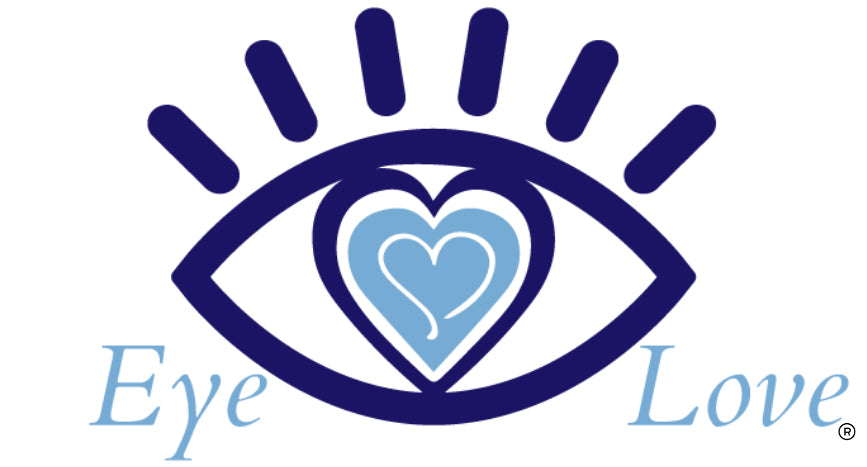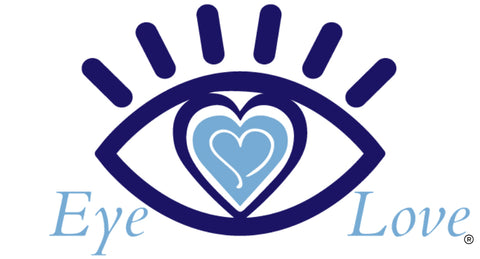Have you ever heard of demodex? If not, you’re in for a surprise. Nearly every single person has small mites living on the skin of their eyelids. This is just a fact of being human, just like we have millions of bacteria covering our skin. Unfortunately, the infestation of these mites can cause inflammation and can wreak havoc on your eyes and skin if they’re left unchecked.
When demodex parasites nest in the eyelash follicles of your eyelids, they initiate an inflammatory response that leads to plugged meibomian glands and overall eyelid inflammation. This occurs when bacteria builds up around the eyelashes. It is an extremely common condition that affects 30 million Americans!
If you have an issue with demodex, you would notice red, painful, irritated eyes and may often notice crustiness around the eyelashes and on the eyelids. These symptoms, along with burning of the eyes and blurred vision, often mean you've got issues with your meibomian glands. Because the glands become unable to produce the proper oils needed to prevent evaporation of the tear film, dryness results.
Support for Healthy Eyelids and Eyelashes
Remove Makeup and Wash Your Face
One of the most important points to make is that removal of eye makeup at the end of the day is essential. Using an oil-based eye makeup remover (bonus points if it contains tea tree essential oil) is preferable because oil dissolves oil and these work well to ensure that you’re completely removing all makeup remnants. Next, wash your face with a tea tree oil soap, such as Heyedrate Foaming Tea Tree Soap. This product is 100% plant based and contains a nourishing liquid soap along with 19 soothing plant botanicals and extracts. It’s gentle on your skin, even if you’re sensitive to tea tree oil in other products.
Use Hypochlorous Acid
The next piece of the puzzle is hypochlorous acid. We recommend Heyedrate Lid and Lash Cleanser used twice per day. After thoroughly removing your makeup and washing your face, apply the solution by simply spraying it onto a cotton ball or round and applying it to your closed eyelids. Rub it in, and then let it dry. There’s no need to rinse it off!
Add a Tea Tree Oil-Based Eyelid Wipe
If you want to go a little more aggressive, you can try the MediViz Eyelid Wipes with Tea Tree Oil. This product can be used safely around the eyes without causing irritation. Simply remove a pre-moistened wipe from its package, close your eyes, and use a gentle sweeping motion to clean the eyelids and lashes. Concentrate the wipe at the base of the eyelashes where demodex like to live. There's no need to rinse this formula off.
Think About Your Body
After you’ve taken care of your facial and eyelid hygiene, you’ll want to move onto taking care of the skin on the rest of your body. Our Heyedrate Tea Tree Bar Soap is great for this! We keep this in the shower and use it all over, every single day (Dr. Travis even uses it in his hair to fight flakes and irritation). This product contains only five ingredients: organic green tea, organic olive oil, organic coconut oil, raw shea butter, and tea tree essential oil. You can also use this in place of the foaming face wash mentioned above. It contains more tea tree oil but none of the extra essential oils present in the foam.
More Than One Bugger: Types of Demodex
There are two types of demodex that live on humans: Demodex brevis and demodex folliculorum. Demodex folliculorum live in the hair follicles while demodex brevis live in the sebaceous glands (and the meibomian glands are sebaceous glands). Since we have both hair follicles and glands in our eyelids, this is the perfect place for these little buggers to hide out.
Both forms of demodex feed on oil, bacteria, and dead skin that our bodies produce, and they lay eggs and replicate rather quickly. While demodex are present on nearly everyone, even if in small quantities, they can become a problem. If they are allowed to become overpopulated, demodex can cause inflammation of the skin and eyelids, leading to red, irritated, uncomfortable eyes and skin.
Those at risk for ocular and skin problems due to demodex include the elderly, those who are immunocompromised, and those who have other inflammatory conditions. However, if you don’t fall into this category, it doesn’t mean that you won’t be affected. Each person has a different level of tolerance, so that plays a role as well.
References:
https://www.ncbi.nlm.nih.gov/pubmed/30016200
https://bjo.bmj.com/content/89/11/1468
AMAZON AFFILIATE INFORMATION
We, Eye Love, LLC, are a participant in the Amazon Services LLC Associates Program, an affiliate advertising program designed to provide a means for us to earn fees by linking to Amazon.com and affiliated sites. MediViz and Heyedrate branded products are made by our company, Eye Love, but we truly believe that our products are the best on the market! It is important to know that our products are not intended to diagnose, treat, cure, or prevent any disease.








